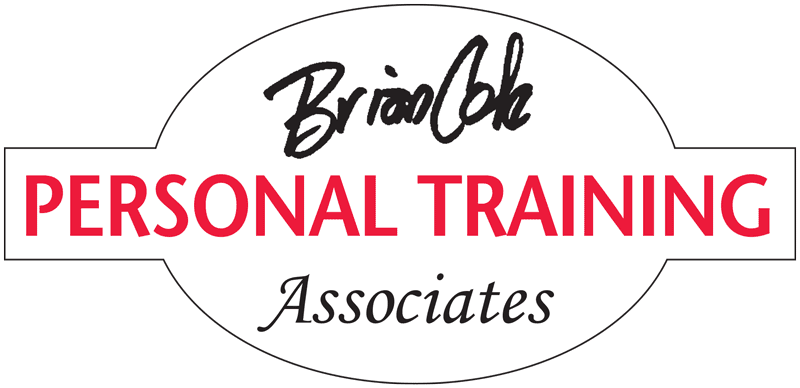While I’m obviously a proponent of activity—we encourage others to move more, to exercise frequently and efficiently and to improve their movement biomechanics—there are approaches to exercise and to daily life when focusing, slowing down and learning to relax are the best paths to fitness and to health.
Our clients are successful people who are busy and productive. Our role is to make the hours they spend with us beneficial. One of the components is to continually vary the challenges. This often requires slowing their pace and getting them to focus in order to safely execute what we’re asking them to do. They can’t rush through their workout by rote. If we’re giving them a changing variety of exercises, their minds can’t be preoccupied with the hectic things in their lives. We’ve slowed them down a bit. We’ve provided a beneficial break.
Improvement, whether it’s loss of body fat, increased lean muscle tissue, cardiovascular capacity, greater flexibility, etc. should be slow, gradual and therefore sustainable. Quick fixes usually don’t last. Slow it down, earn it and you’ll be rewarded. Improve slowly. It’s not a race. Time is not money—it’s a lot more valuable, and in case you haven’t noticed, it goes by way too quickly. Slow down. If we’re passionate about whatever we’re doing, pacing ourselves, savoring and enjoying the moment is the way to fully appreciate it.
Time is not an absolute. It is subjective. We do have some control of it.
So how do we slow down? A few suggestions:
- Fast food is a temptation to be avoided. Choose slow food.
Go home, put on some music, have a glass of wine if you’d like, relax, slow down and make a nice salad. Not in a hurry, just enjoy making it. - If you’re driving fast to get to a slow, calming yoga class, you may want to examine whether you’re really absorbing some of the potential benefits. Slow down, and calm your mind as preparation for your class and your life.
- We value multitasking, and then complain that our lives are hectic. We wonder how our kids can do their homework with music on, while talking on their cell phones, and simultaneously on Instant Messenger with about 10 friends. Multitasking is the opposite of slowing down and paying attention. I say de-value it. Maybe even condemn it.
I know, I say “slow down and relax” like it’s just a choice. For many, it’s more difficult than that. I understand, but the choice to learn how to quiet the mind is there for everyone.
Okay, how? We read about body/mind as one. We see classes and articles about body/mind as one. We say we understand. But as Americans, raised in Western thought, I think we’re paying a lot of lip service to it. We don’t naturally think that way. A psychosomatic illness still sounds like it’s just imagined, like it’s all in the head. That’s not what psychosomatic means. It refers to very real physical disorder with connections to mental/emotional states of mind.
So here’s what you do: Just sit quietly in a comfortable position with your eyes closed, and consciously breathe a bit more deeply through your nose. Just focus on your breathing and—this is the key—when distracting thoughts come in, and they definitely will, just calmly return to focusing on your breathing. Don’t judge or evaluate how you’re doing, just calmly return. 10-20 minutes.
Somewhere in your day or evening. Just 10-20 minutes. That’s it. It’s that simple.
And here are some documented physiological facts for our Western scientific proof needs: you will reduce your heart rate, your blood pressure, your anxiety levels, the depths and frequency of depression, pain, skin allergies and the side effects of many more conditions. This is a proven way to slow down many of the negative byproducts of a hectic lifestyle.
Be more active. Exercise, eat well and slow down a bit. It’s a formula to control, enjoy and appreciate our brief stay in this life.

